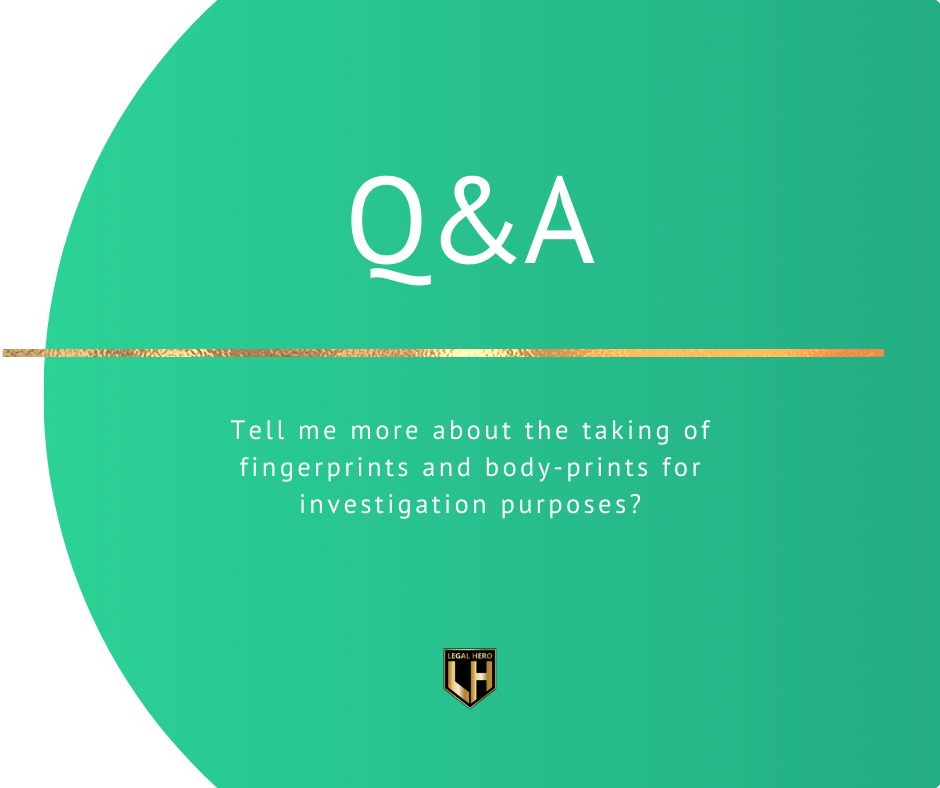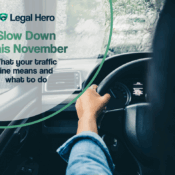
Tell me more about the taking of fingerprints and body-prints?
The process of taking fingerprints and body-prints for investigation purposes is fascinating. It is a crucial part of modern law enforcement and not only like something out of a detective movie.
Any Police official, if they have reasonable grounds to suspect that someone or a group of people has committed a specific offense listed in Schedule 1 of the Criminal Procedure Act, can go ahead and take their fingerprints or body-prints. It is not just a random act – there has to be a belief that analysing these prints could help the investigation by either ruling out or implicating individuals involved in the crime.
Once these prints are taken, they’re not just tossed aside. They’re examined thoroughly as part of the investigation. Think of it as a puzzle piece that could potentially unlock the case. They can also be compared with prints in databases to see if there are any matches or connections to other crimes.
These prints, once taken, are stored in a database maintained by the National Commissioner, as outlined in the South African Police Service Act. If an adult person is convicted, their prints stay on record. The same goes for a child, but there are provisions for expunging their record as per the Child Justice Act.
But here’s the catch – if a person is found not guilty, if their conviction is overturned, or if there’s no criminal proceeding against them, their prints are wiped clean within 30 days. It’s like giving them a clean slate, acknowledging that they were innocent all along.
Now, you might wonder, what are these prints used for? Well, they’re primarily for crime detection and investigation purposes. They help identify missing persons, match unidentified remains, and build a case for prosecution.
Just note that these prints can only be used for those specific purposes. They can’t be misused or abused for anything else. There are strict guidelines in place to ensure that they’re only utilized for the right reasons.
So the process of taking fingerprints and body-prints isn’t just about collecting evidence. It’s about following protocols, respecting rights, and ultimately, seeking justice.



